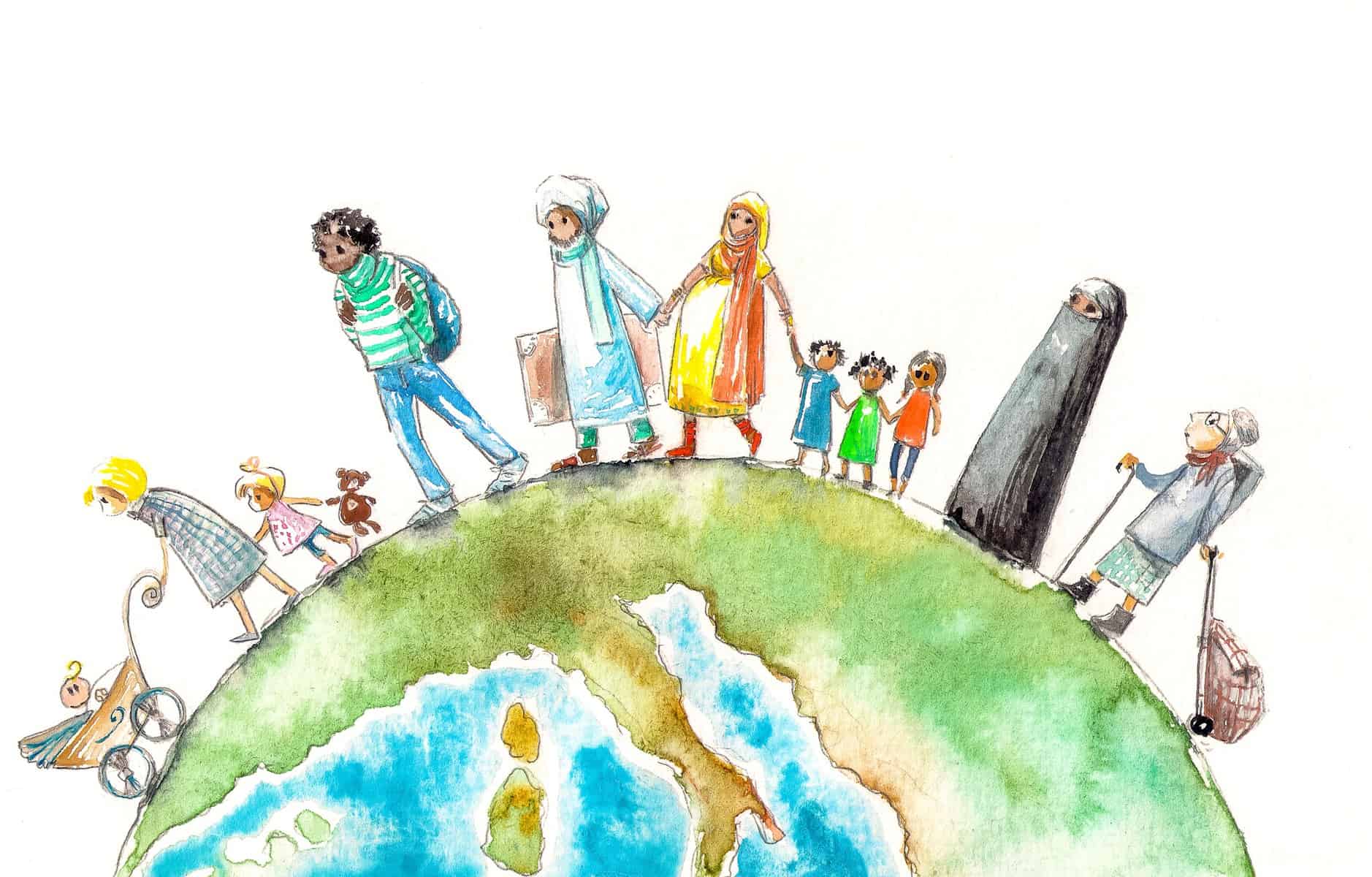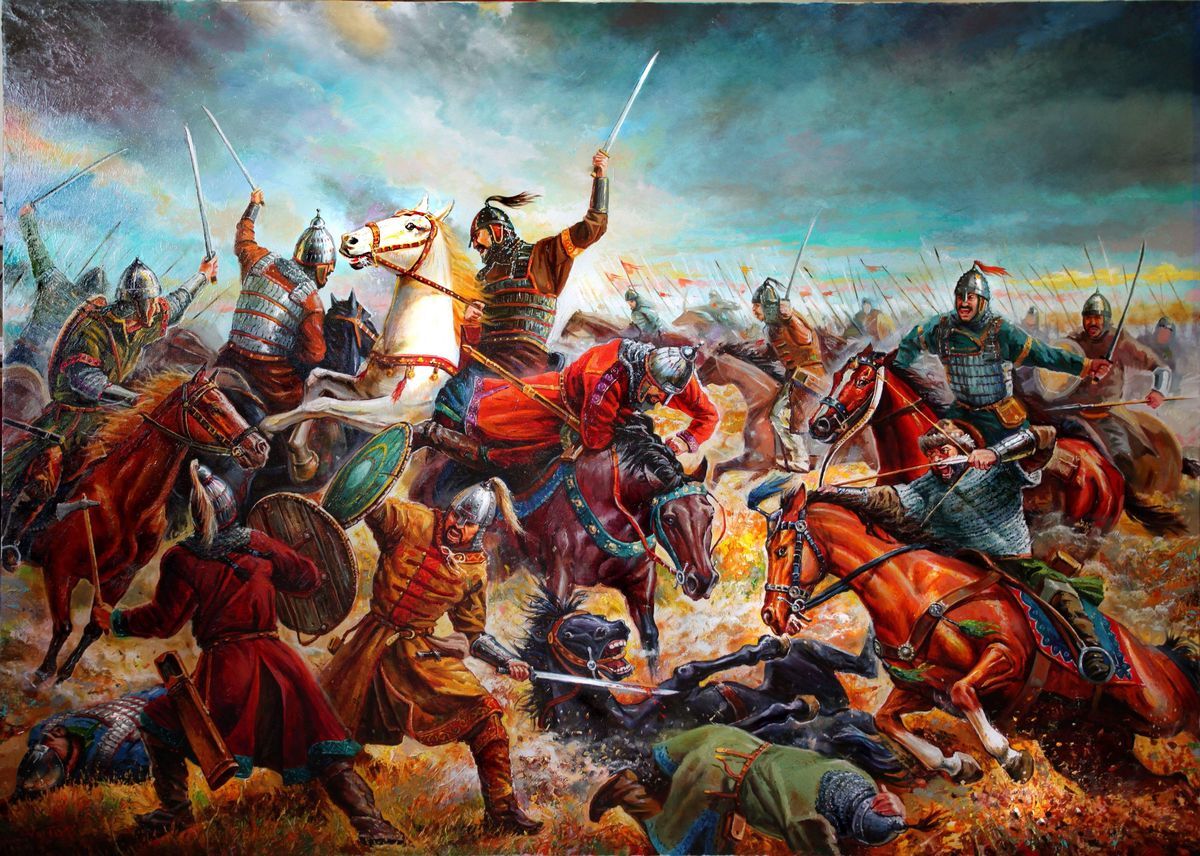
Migration is a phenomenon that has shaped the world we live in. From ancient times to the present day, humans and various animal species have undertaken incredible journeys across land, air, and sea. Whether it’s in search of better opportunities, escaping adverse conditions, or following natural instincts, migration is a fascinating topic that captures our imagination. In this article, we will explore 20 captivating facts about migration, spanning various species and geographical locations. From the largest mammal migrations to the most astonishing bird journeys, these facts will open your eyes to the incredible resilience, adaptability, and determination displayed by creatures big and small. So, fasten your seatbelts and get ready for a journey around the world to uncover the secrets of migration!
Key Takeaways:
- Migration is a natural and human phenomenon, shaping the world and bringing diverse cultures together. It’s a fascinating journey of survival, adaptation, and exploration for both animals and people.
- From the incredible journeys of monarch butterflies to the impact of human migration on societies, migration is a captivating and interconnected aspect of our world, inspiring art, literature, and scientific study.
The Great Wildebeest Migration is one of the most astonishing natural events on Earth.
Every year, over 2 million wildebeest, accompanied by zebras and other herbivores, travel across the Serengeti in search of fresh grazing lands.
Monarch butterflies undertake an incredible journey spanning generations.
These delicate insects embark on a migration covering thousands of miles, with each generation making a leg of the journey before passing the torch to the next.
The Arctic Tern holds the record for the longest yearly migration of any bird species.
These amazing birds travel from the Arctic to the Antarctic and back, totaling a staggering 44,000 miles each year.
The Humpback Whale migrates thousands of miles for breeding and feeding purposes.
These majestic creatures travel from polar waters to warm tropical seas, where they mate, give birth, and nourish their young before making the long journey back.
The Bar-headed Goose has the ability to fly over the highest mountain ranges in the world.
Found in Central Asia, these geese migrate at altitudes reaching up to 30,000 feet, enabling them to cross the mighty Himalayas.
Human migration has been a constant throughout history.
From ancient civilizations seeking new territory to modern-day diasporas driven by economic, political, or social factors, humans have always been on the move.
The Great Migration saw millions of African-Americans move from the rural South to urban areas in the North.
This mass migration, primarily between 1916 and 1970, had a profound impact on the culture, politics, and demographics of the United States.
The annual wildebeest migration in East Africa attracts thousands of tourists from around the world.
Witnessing hundreds of thousands of wildebeest crossing rivers in a perilous journey is a breathtaking spectacle that draws nature enthusiasts and photographers alike.
Many species of birds migrate during the spring and fall seasons.
These remarkable journeys are fueled by the search for food, better breeding grounds, or escaping harsh weather conditions.
The monarch butterfly migration is a magnificent display of nature’s wonders.
These delicate creatures navigate thousands of miles from Canada and the United States to Mexico, clustering together in stunning orange masses.
Migration can also include the movement of people to escape conflict or seek refuge.
Throughout history, communities affected by war, persecution, or environmental disasters have sought safety and a chance for a better life in new lands.
The concept of migration extends beyond mere physical relocation.
It can also refer to the movement of cultures, ideas, and traditions, enriching societies and contributing to the diversity of the world we live in.
Migratory animals have developed specialized adaptations to aid their journeys.
From the remarkable navigational abilities of sea turtles to the energy-saving flying formations used by birds, nature has endowed migratory species with unique skills.
Human migration has led to the development of multicultural societies.
The blending of different cultures, languages, and traditions has contributed to the richness and vibrancy of countries around the globe.
Migration patterns can be affected by climate change and other environmental factors.
The alteration of habitats, availability of food sources, and changing weather patterns can influence the timing and routes taken by migratory species.
Language migration involves the adoption of foreign words and phrases into a specific language.
These linguistic borrowings often occur due to contact with other cultures, trade, or the spread of globalization.
The migration of labor has become a significant feature of the global economy.
Workers often leave their home countries to seek employment opportunities abroad, fueling economic growth and cultural exchanges.
The phenomenon of migration has inspired numerous works of art and literature.
Books, paintings, and films have explored the themes and experiences associated with migration, shedding light on its impact on individuals and communities.
The North Atlantic Right Whale undertakes an annual migration between its feeding and breeding grounds.
These critically endangered whales travel from the cold waters of Canada and New England to the warmer waters of the southeastern United States.
The study of migration is an interdisciplinary field that combines biology, anthropology, sociology, and other disciplines.
Understanding the reasons, dynamics, and consequences of migration requires a comprehensive approach and collaboration between various fields of study.
Migration is a fascinating aspect of our world, encompassing a wide range of species and human societies. From the tireless journeys of animals across vast distances to the stories of individuals seeking a better life, migration represents the drive for survival, adaptation, and exploration ingrained in our DNA. The 20 fascinating facts about migration mentioned here barely scratch the surface of this incredible phenomenon, encouraging us to delve deeper into its complexities and appreciate the interconnectedness of all life on our planet.
Conclusion
In conclusion, migration is a fascinating and complex phenomenon that has shaped the course of human history. From the incredible journeys undertaken by animals to the movements of people across continents, migration plays a significant role in ecosystems, cultures, and societies. Understanding the various aspects of migration, including its causes, patterns, and impacts, can provide valuable insights into the dynamics of our world.
By exploring the incredible facts about migration, we gain a deeper appreciation for the marvels of nature and the resilience of human beings. Whether it’s the incredible distances traveled by birds during their annual migrations, the challenges faced by refugees seeking safety and a better life, or the cultural exchanges that occur when people move across borders, migration is a constant reminder of the interconnectedness of our global community.
So, let us continue to marvel at the wonders of migration and strive to create a world where the movements of all living beings are met with understanding, compassion, and respect.
FAQs
Q: What is migration?
A: Migration refers to the seasonal or permanent movement of animals, including birds, mammals, and fish, or the movement of people from one place to another. It can be driven by factors such as resource availability, climate change, or social and economic circumstances.
Q: How do animals navigate during migration?
A: Animals use a variety of cues for navigation during migration, including celestial cues, landmarks, magnetic fields, and even smell. Some species have innate abilities to detect these cues, while others learn from their parents or gain navigational knowledge through experience.
Q: Why do people migrate?
A: People migrate for various reasons, including seeking better economic opportunities, escaping conflict or persecution, reuniting with family, or pursuing education and career prospects. Factors such as poverty, political instability, natural disasters, and environmental changes can drive people to migrate.
Q: Do all migratory species return to their original location?
A: No, not all migratory species return to their original location. While many animals exhibit fidelity to specific breeding or wintering grounds, some individuals may deviate from their usual routes or settle in new locations due to changes in resource availability or environmental conditions.
Q: How does migration impact ecosystems?
A: Migration plays a crucial role in maintaining the balance and functioning of ecosystems. It helps in seed dispersal, pollination, nutrient cycling, and predator-prey dynamics. Changes or disruptions in migration patterns can have far-reaching consequences for ecosystems and biodiversity.
Was this page helpful?
Our commitment to delivering trustworthy and engaging content is at the heart of what we do. Each fact on our site is contributed by real users like you, bringing a wealth of diverse insights and information. To ensure the highest standards of accuracy and reliability, our dedicated editors meticulously review each submission. This process guarantees that the facts we share are not only fascinating but also credible. Trust in our commitment to quality and authenticity as you explore and learn with us.


